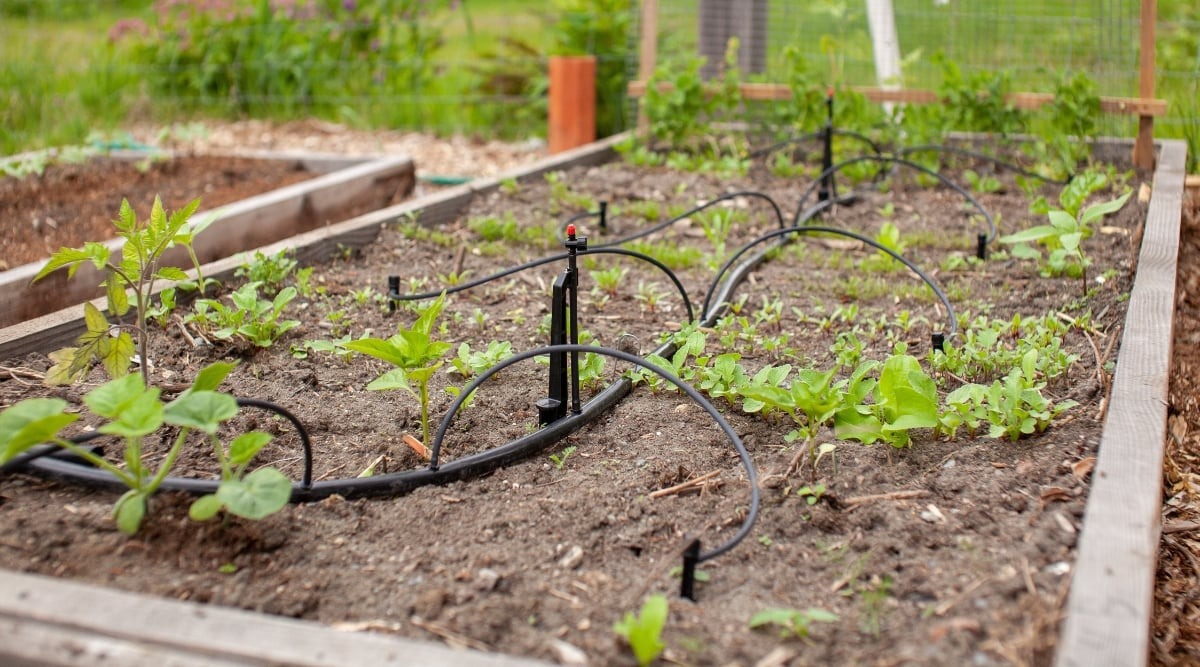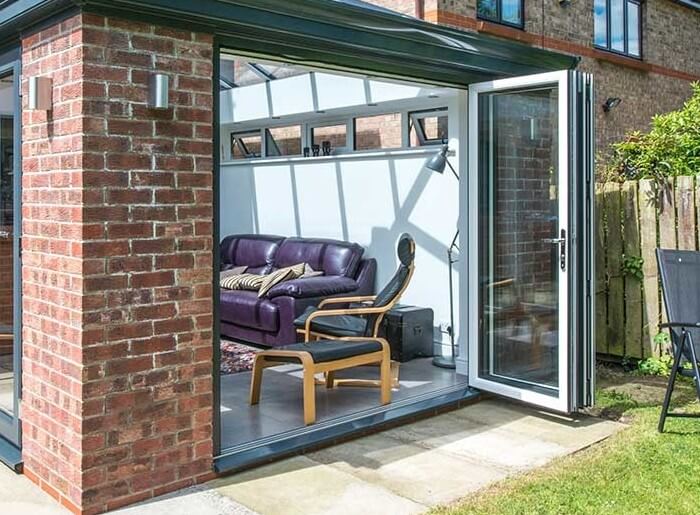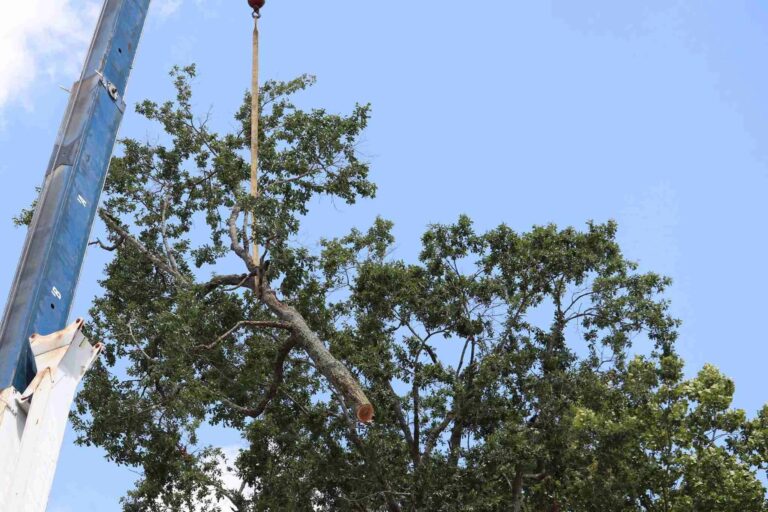
Every successful garden begins long before the first harvest. The foundation lies in two essentials: healthy garden soil and vigorous seedlings. Understanding how soil works and how to start seeds properly helps gardeners build thriving spaces that yield abundant, nutritious produce year after year.
The Science Behind Healthy Soil
Soil is more than just dirt. It’s a living system full of minerals, microorganisms, and organic matter that support plant life. When gardeners care for their garden soil, they’re nurturing an ecosystem that feeds plants naturally.
Good soil contains a balance of sand, silt, and clay. Sand improves drainage, silt retains moisture, and clay holds nutrients. A balanced mix provides the ideal environment for roots to grow strong and deep. This structure also ensures that water and air can move freely through the soil, preventing root rot and other common problems.
Organic matter, such as compost, helps soil hold moisture and nutrients while promoting microbial activity. These microbes break down organic materials into forms that plants can absorb, and they protect roots from disease by keeping the ecosystem balanced.
Understanding Soil pH and Nutrients
The pH level of garden soil determines how easily plants can access nutrients. Most vegetables grow best in soil with a pH between 6.0 and 7.0. When soil becomes too acidic or too alkaline, essential nutrients like nitrogen, phosphorus, and potassium become less available.
Testing soil once or twice a year helps gardeners maintain this balance. Simple home test kits identify pH and nutrient levels, making it easy to adjust as needed. Adding lime can raise pH, while sulfur or organic materials can lower it. Balanced soil ensures plants grow strong, produce vibrant foliage, and develop robust root systems.
Nutrient management also matters. Nitrogen promotes leafy growth, phosphorus supports flowering and root development, and potassium improves overall plant health. Compost, organic fertilizers, and mulch help maintain a consistent nutrient cycle without overloading the soil.
Why Healthy Soil Helps Seedlings Thrive
Seedlings depend on soil that offers both support and nutrition. Dense or compacted soil can suffocate new roots, while poor-quality soil may dry out too quickly. A well-aerated, nutrient-rich soil gives seedlings the stability and moisture they need to establish quickly.
Before transplanting young plants into raised beds or containers, it’s essential to prepare the soil by loosening it and mixing in compost. This step allows roots to spread easily and ensures steady growth after transplanting. Healthy soil nurtures plants and reduces the likelihood of pests and diseases taking hold.
Getting Started with Seed Starting Trays
Growing plants from seeds is one of the most rewarding parts of gardening. Using seed starting trays makes this process efficient and organized. These trays help gardeners control growing conditions, including moisture, light, temperature, and spacing.
Each cell in a tray holds a small amount of soil, which keeps the roots separated and makes them easy to transplant later. This minimizes damage during the move to larger beds or containers. The structure also allows better air circulation and drainage, reducing the risk of mold or fungus that can harm seedlings.
When filling seed-starting trays, use a lightweight seed-starting mix instead of garden soil. These mixes retain just enough moisture while allowing air to reach the roots. They often contain peat moss, vermiculite, or coconut coir to help seeds germinate evenly.
Keeping the trays warm and moist but not soggy encourages healthy germination. Once seeds sprout, removing any cover and providing steady light prevents weak, leggy growth.
Transitioning from Trays to the Garden
When seedlings develop a few sets of true leaves, they’re ready for transplanting. Before moving them outside, harden them off by placing the trays outdoors for a few hours each day. Gradually increase exposure to sunlight and outdoor temperatures over a week.
Prepare the garden soil by removing weeds, loosening compacted areas, and mixing in organic matter. Create holes that are deep enough for each root system and water them thoroughly after planting. Consistent moisture and nutrients help young plants settle quickly and grow vigorously.
Building a Strong Start for a Sustainable Garden
Healthy soil and successful seed starting work together. They determine how well plants grow, resist stress, and produce food. By focusing on soil structure, nutrient balance, and seed nurturing, gardeners create an environment that supports long-term success.
A thoughtful approach to soil and seed care enables gardeners to grow healthier plants, conserve resources, and experience the satisfaction of seeing their gardens flourish. Every handful of rich soil and every tiny seedling represents the beginning of something bigger: a garden built on knowledge, patience, and care for the earth.


